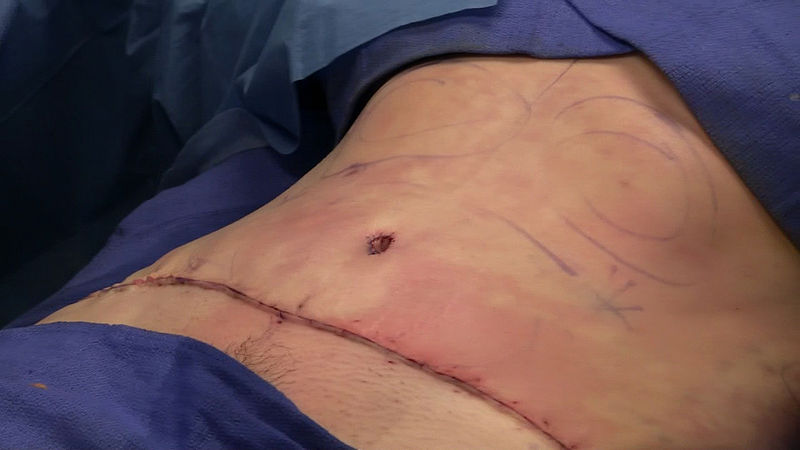If you’re wondering how to heal skin after extractions, you’ve come to the right place. This guide will walk you through the process step by step, ensuring you know exactly what to do for optimal recovery.

Table of Contents
Step 1: Cleaning the Face
The first step in healing your skin after extractions is to cleanse the face, following these essential sub-steps:
Choose a Gentle Cleanser: Selecting a mild cleanser is vital as harsh chemicals can further irritate sensitive skin. Look for products labeled as “gentle” or “for sensitive skin” and avoid those containing alcohols or sulfates. (American Academy of Dermatology)
We recommend the Amazon-listed Neutrogena Ultra Gentle Hydrating Facial Cleanser. It’s non-foaming, oil-free, soap-free, fragrance-free, and perfect for sensitive skin.
Rinse Thoroughly: Rinse the cleanser off with lukewarm water, not hot or cold, to avoid shocking the skin. Use soft, circular motions with your fingertips, taking care not to scrub the sensitive areas.
Pat Dry: Avoid rubbing the skin, as this can cause more irritation. Instead, pat your face gently with a clean, soft towel, pressing lightly to absorb the water.
Step 2: Applying Soothing Products
Applying the right soothing products aids in reducing inflammation and enhancing comfort. Here’s what you need to know:
Select a Soothing Product: Look for creams or lotions containing ingredients known for their calming effects, such as aloe vera, chamomile, or cucumber. Read labels carefully to ensure the product is suitable for post-extraction care. (Healthline)
Apply Gently: Using your fingertips, apply the product with a gentle dabbing motion. Don’t rub, as it might irritate the skin.
Refrain from Over-Application: Less is often more. Applying too much can lead to clogged pores, potentially causing new skin issues. Use only the amount recommended on the product’s packaging or by a skincare professional.
Step 3: Avoiding Certain Activities and Products
Understanding what to avoid is equally vital for successful healing. Consider these precautions:
Protect from Sun Exposure: Sun can discolor healing skin. Wear a broad-spectrum SPF sunscreen (like the EltaMD UV Lotion Full Body Sunscreen), and if possible, limit your time in direct sunlight. Wear hats and sunglasses for extra protection. (Source)
Skip Heavy Makeup: Heavy makeup can clog pores. If makeup is necessary, choose non-comedogenic products designed not to block pores, and remove it gently at the end of the day.
Refrain from Strenuous Activities: Avoid activities that cause heavy sweating for a few days after extractions, as sweat can introduce bacteria to the open pores and irritate the skin.
Step 4: Monitoring Progress and Seeking Professional Help if Needed
Monitoring your skin’s healing process ensures that everything is on track and allows you to seek professional help if needed:
Check Regularly: Inspect the treated areas daily for signs of healing. Look for reduced redness and swelling. If something doesn’t look right, it might indicate an underlying issue.
Don’t Hesitate to Seek Help: If you notice signs of infection, increased irritation, or if the healing process seems unusually slow, consult a dermatologist or skincare professional right away. They can diagnose and treat specific conditions and provide personalized care.
Understanding the Need for Healing
Healing skin after extractions is more than cosmetic care; it’s a critical part of skin health. Following an extraction procedure, your skin can become sensitive, red, and prone to infection. Understanding the steps to take as discussed above can help minimize discomfort and prevent potential complications.

